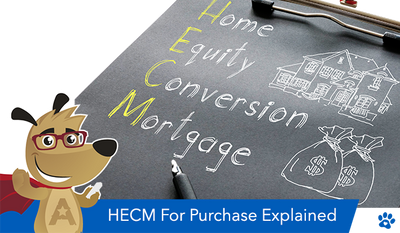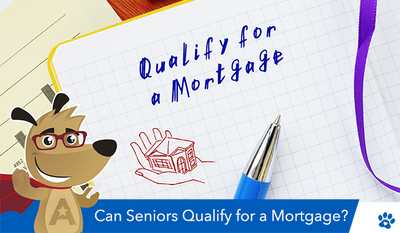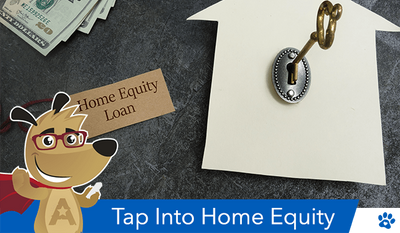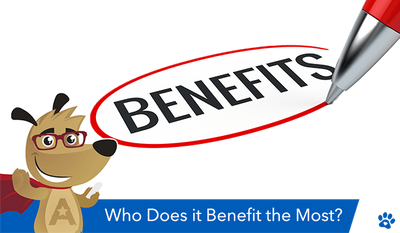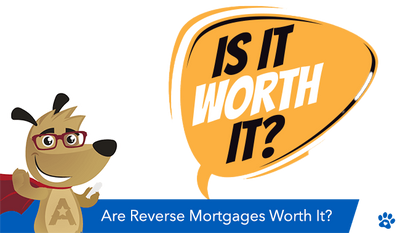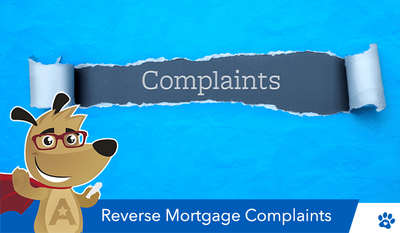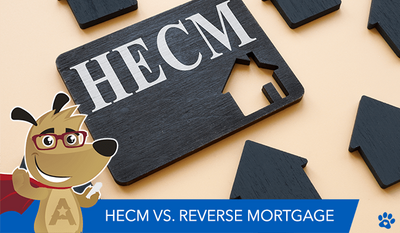©2025 All Reverse Mortgage, Inc. All Rights Reserved
About Us
State Licensing
NMLS #13999 HUD Lender #26031-0007
Privacy Policy
This material has not been reviewed, approved, or issued by HUD, FHA, or any government agency. All Reverse Mortgage, Inc. is an independent company and is not affiliated with, acting on behalf of, or endorsed by HUD/FHA or any government agency. This content is for educational purposes and is not tax advice. Reverse mortgage programs may not be available in all states.
*#1 Rated Reverse Mortgage Lender: Based on a comparative review of BBB ratings, complaint histories, accreditation status, customer review scores, and positive-review percentages for the top 20 HECM lenders by endorsement volume (RMInsight, October 1, 2025). BBB data verified December 10, 2025. View Full Advertising Disclosure


